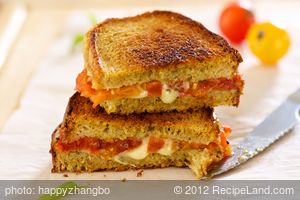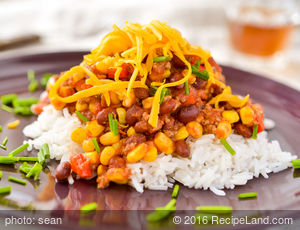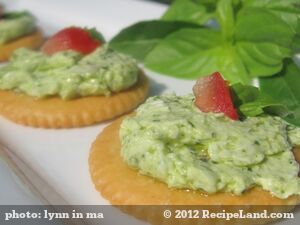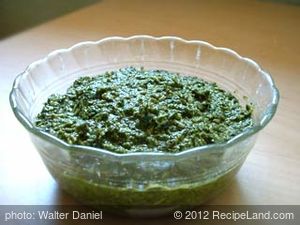An authentic Italian pesto recipe that uses pine nuts, walnuts and extra-virgin olive oil.
YIELD
1 servingsPREP
20 minCOOK
0 minREADY
20 minIngredients
Directions
We use in Genoa up to-day a marble mortar to pound (the Italian “pestare": that’s why the name ‘pesto'). A marble mortar and a wood pestle. (Nowadays some people use a blender or food processor to combine ingredients of pesto and you can do in this way if you are in a hurry but if you want to taste a very delicious pesto you have to pound ingredients)
Pound all ingredients except oil and blend them until they become a regular, smooth and consistent cream. Now you can add and trickle olive-oil, very slowly in your sauce.
If you use the sauce for spaghetti (linguine, fettuccine) or gnocchi or trofie (little Genoese hand-made pasta) put the pesto in a bowl and add to it ½ cup of pasta hot water; then strain your very hot ‘al dente’ (underdone, not very much) pasta and add it into the bowl. Mix all together and eat.
We also use to flavour our minestrone (vegetable soup) with pesto.
If the pesto sauce you have done is too much for your spaghetti, no matter bottle it in a small pot and put olive-oil over the top of pesto sauce, so you can preserve it in your fridge.
Comments



